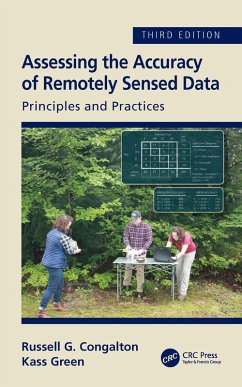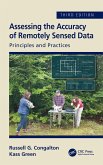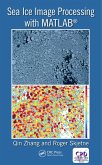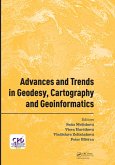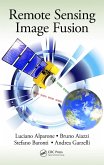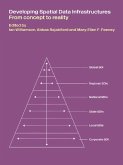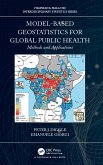See What's New in the Third Edition:
- All original chapters have been updated to include new standards, practices, and methodologies.
- A new chapter on planning accuracy assessments.
- A new chapter on assessing maps created using object-based technologies.
- Two case study chapters - one showcasing the assessment of maps created from traditional methods, and one on the assessment of object-based maps.
- Emphasis on considering and planning for positional accuracy in concert with thematic accuracy.
- An appendix containing the internationally recognized ASPRS Positional Accuracy Standards.
- A new final chapter summarizing the key concepts, considerations and lessons learned by the authors in their decades of implementing and evaluating accuracy assessments.
Assessing map accuracy is complex; however, the discussions in this book, together with the many figures, tables, and case studies, clearly present the necessary concepts and considerations for conducting an assessment that is both is practical, statistically reliable, and achievable.
Dieser Download kann aus rechtlichen Gründen nur mit Rechnungsadresse in A, B, BG, CY, CZ, D, DK, EW, E, FIN, F, GR, HR, H, IRL, I, LT, L, LR, M, NL, PL, P, R, S, SLO, SK ausgeliefert werden.

